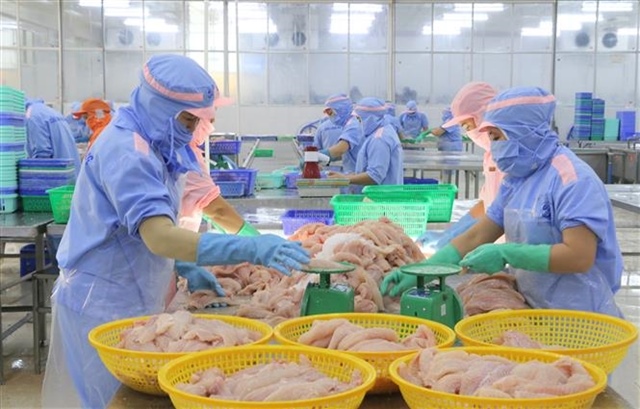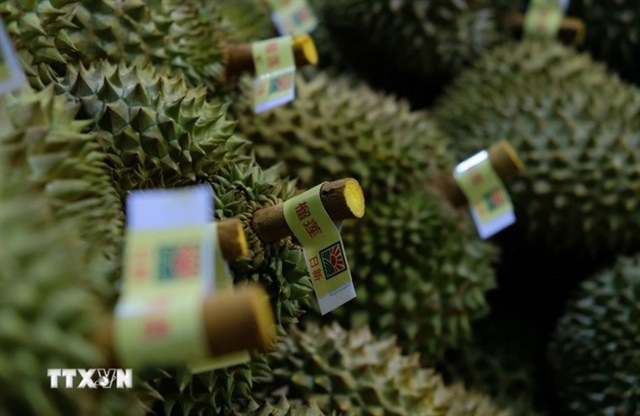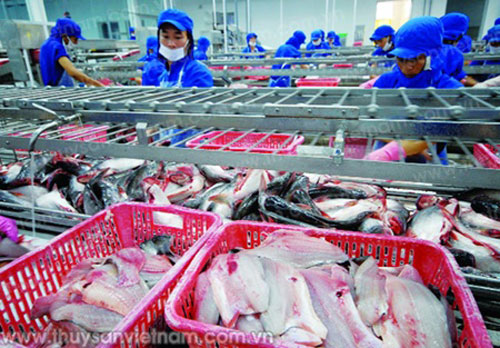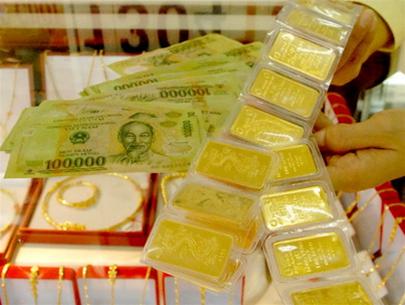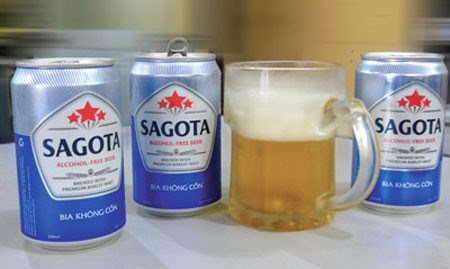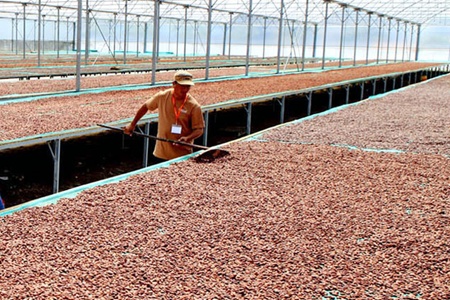The dragon fruit paradox in Vietnam
The dragon fruit paradox in Vietnam
While growers in the south-central province of Binh Thuan are throwing their dragon fruit out in the street, many fruit exporters are struggling to source quality products to fulfill their export orders to Japan and the U.S.
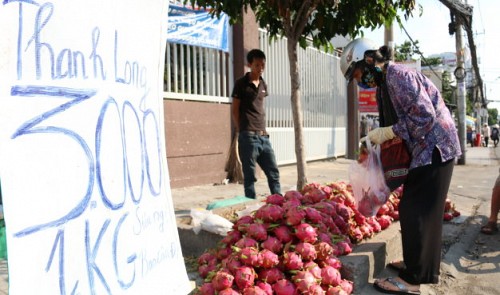
Growers have no choice but to dump their poor-quality fruits, whose skin is hurt by diseases though the flesh remains totally edible, as VND1,000 (US$0.05) a kilogram is the highest price traders would pay to get them.
Paradoxically, there is a scarcity of good-looking and high-quality dragon fruit, qualified to be exported, sending fruit exporters to cancel their orders.
Hugo Co, an experienced fruit exporter to the U.S. based in Ho Chi Minh City, could not buy a single kilogram of the red-skinned fruit over the last month to ship to other countries.
“There is a 60 to 80 metric ton demand for the tropical fruit in the U.S., but we could not fulfill any order to this market due to short supply,” company chairman Vuong Dinh Khoat said.
Truong Quang An, head of the Tam Vu cooperative in southern Long An Province, said only 30 percent of his dragon fruit is qualified for export due to diseases.
“We had to cancel export orders on a more frequent basis, but there was no other choice,” he said.
Tran Ngoc Hiep, deputy chairman of the Binh Thuan Dragon Fruit Association, admitted that there is a huge shortage of qualified fruit.
“Prices at the dragon fruit farms dropped to even VND200 a kilogram at some points and traders refused to buy them,” Hiep said.
“Growers thus had to dump the fruit, but most of them are poor-quality.”
Hiep said almost all dragon fruit farms in Binh Thuan are infected with a disease that leaves small white spots on the fruit, thus reducing their quality.
“There are farms that have 90 percent of the fruit infected,” he said.
Hiep said the infected fruits do not meet the standards to be exported, although the disease only affects their skin.
He called on relevant agencies to provide financial and technical support for growers to deal with the epidemic.
Chinese reliance
Vietnam exported nearly 1,000 metric tons of dragon fruit in the first half of this year, of which 90 percent were shipped to the Chinese market, according to Luong Ngoc Trung Lap, head of market research at Vietnam's Southern Fruit Research Institute. Export revenues topped US$150 million, a 60 percent increase compared to a year earlier.
But these are worrisome figures, Lap said.
“Dragon fruit is also being grown in China, and if growers continue relying on this market, they will be in more trouble,” he warned.
The task of finding more export markets for Vietnamese dragon fruit is also facing challenges, according to industry insiders.
Vietnam is exporting dragon fruit to 30 countries and is speeding up efforts to enter the Indian market, said Dang Van Hoang, head of the Zone 2 Plant Quarantine Sub-Department of the Plant Protection Department.
“But exports to these new markets are unstable and of modest volumes,” Hoang noted.
Taiwan has recently opened the door for Vietnamese dragon fruit, but no shipments have ever arrived in this market because “the fruit fails to meet Taiwanese standards,” Hoang said.
tuoitrenews


